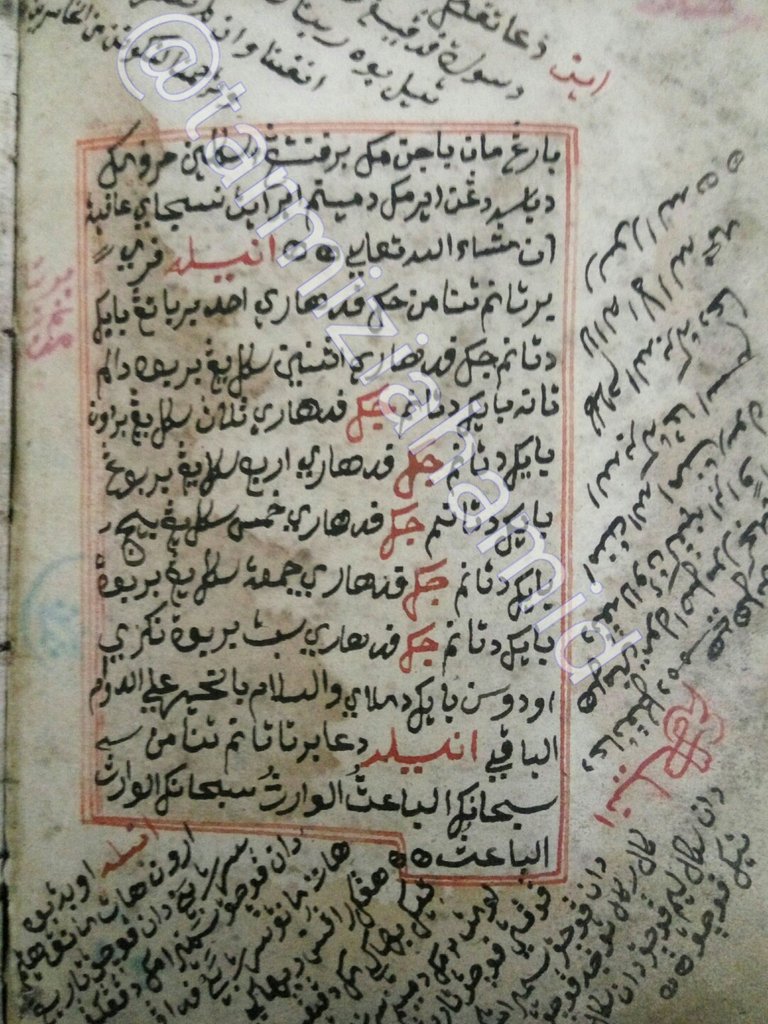
Plant Manuscripts (Photo: @tarmiziahamid)
Aceh, in the eyes of European historians is famous for the relics of various cultural heritage of the past is very important to be used as a reference of today's scholarship, among the relics of many varieties, one of which can be used as a scientific study is the relics of the past manuscripts that became evidence source primary, contained in the content of the content of the manuscript itself.
Call it ancient literature that contains notes from the strokes of ink the previous people about the procedures (guidelines) farming and other important suggestions, for the benefit of humans for the results of the optimal plant.
The above manuscript picture is evidence of a science record of the former, how to start cultivating with various types of agricultural commodities, meaning that era is not yet at all technological way of farming, but the ancestors have their own way about the technical cultivation of agriculture in accordance with the state of nature.

Photo : @tarmiziahamid
Furthermore, in this very important literature these are several ways and technically start farming, which is explained that; plants with lots of stems, very well planted on Sundays. Then for plants that bear fruit in the soil, very good and suitable to start planted on Monday, and so on.
Types of trunked plants, seeds and fruits are grown using a medium of growing soil, very good time of planting at the time of the month is rising in a matter of hijriah month (Islamic month).
I assess the pattern of planting such a plant is done to avoid pests or diseases in plants. In addition, by looking at planting time for plants is also able to optimize the results for plants.
The planting system listed in this manuscript I have practiced. The result is very satisfying. However, the pattern of planting as written in the manuscript needs to be reviewed by experts for the development of agricultural science.
The manuscript is still in the private collection of @tarmiziahamid until now. This manuscript was written by a Sufi pastist in Aceh (18th century).
May this legacy of the past which is still scattered within our beloved country, presumably preserved, studied to be able to be used as science of the growing times as a guide for us all.